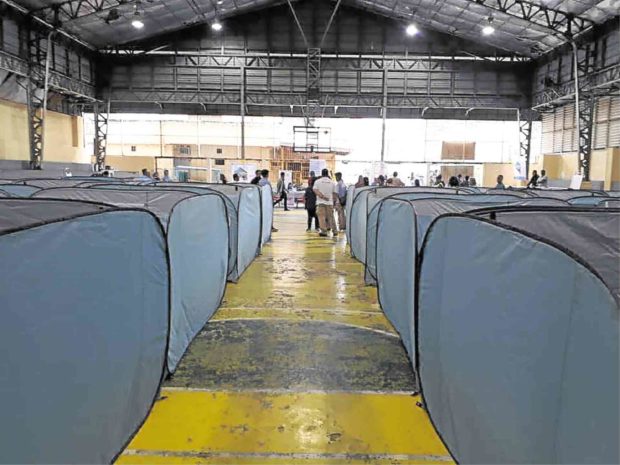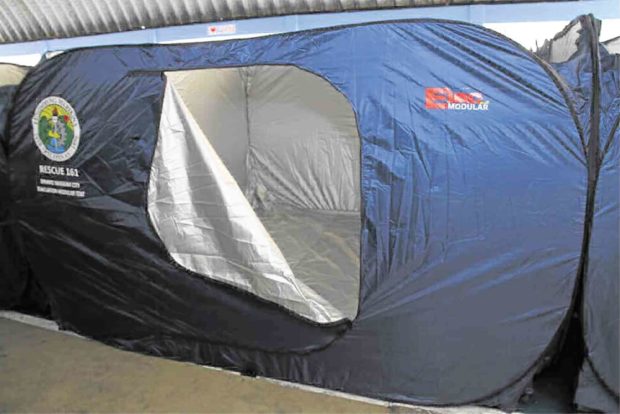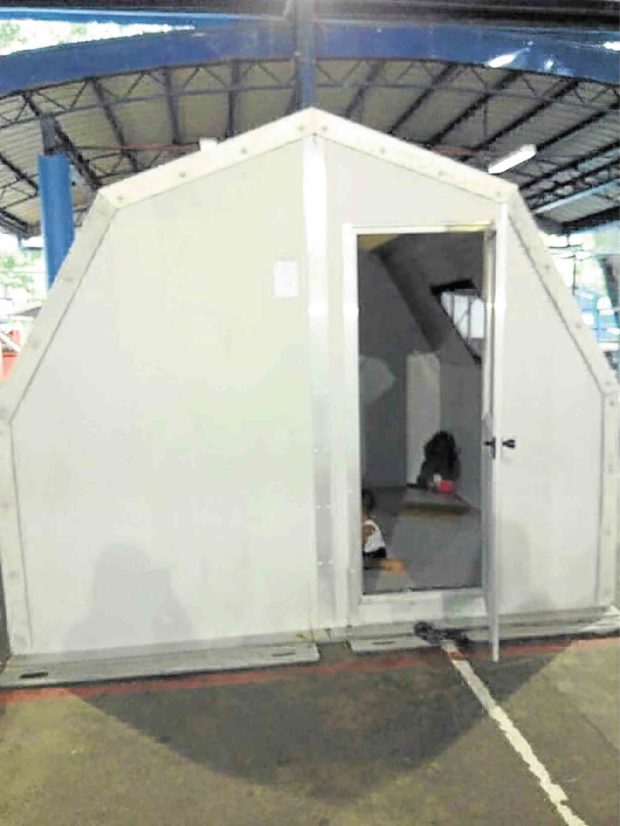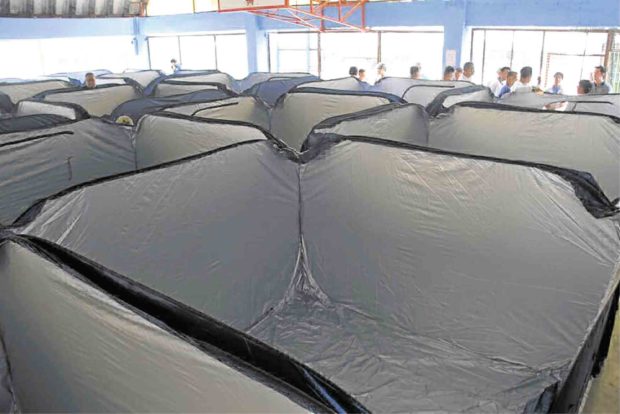A pageant of temporary shelters
Amid the heavy rainfall and flooding brought about by the enhanced southwest monsoon last week, local governments in Metro Manila demonstrated simple but effective ways of mitigating disasters.
The Cities of Marikina, Makati, Taguig and Quezon City were shown to be using temporary shelters that were worthy of recognition. Varying in design and material, these modular accommodations in evacuation centers housed families while rains fell and floods persisted. Privacy and sanitation were given more consideration compared to previous years.
As such, despite the difficulty brought about by the disaster, families were able to find a haven.
This experience highlighted the importance of well-designed temporary shelters and their role in providing disaster relief, particularly in the Philippines, one of the most disaster-prone countries in the world.
The commendable shelters showed how different cities have learned from the past and have become more resilient communities. Beyond providing momentary refuge, the shelters demonstrate that we are becoming more capable of preparing ahead and defending ourselves against adversities.
We cannot stop these natural disasters from happening, but we can definitely do something to at least reduce their devastating impact to life, structures and the economy.
The 10-second tent
A city often beset with floods, Marikina City has developed one of the best disaster preparedness programs in Metro Manila. For the recent southwest monsoon rains, the city did not fail to impress with its simple but effective open-type tents, which were set up at the Bulelak Gym in Malanday Elementary School.
The tents were originally designed to accommodate a group of seven, but could shelter as much as three times its original capacity. The lack of ceiling ensured sufficient air and lighting.
The tall canvas walls of the tent, however, ensured privacy. It also minimized the spread of diseases among the evacuees.
Marikina Mayor Marcy Teodoro said these modular tents were intended to keep women and children safe in the evacuation site. The tents helped organized the affected families while providing temporary but secure sanctuaries in a time of adversity.
Makati City and Taguig City featured similar tent shelters. These temporary homes showed that even humble structures could provide effective solutions with proper planning and execution.

Besides shelter, the City of Makati also provided basic essentials and relief goods during the recent southwest monsoon.
Pop huts
In another part of the metro, evacuees were surprised to find mini-houses waiting for them as they sought shelter from the monsoon. Barangay Bagong Silangan in Quezon City was the first community to experience living in “pop huts” during the monsoon rains last week.
Technically boasting of all the basic features of a house, the pop huts turned the barangay covered court into a temporary steel village. The modular huts, which took a few minutes to assemble, were fitted with windows, doors and roofs to provide privacy and protection.
Perhaps the only drawback to the shelter was that it provided insulation even against circulating air. This was offset, however, with the presence of the roof vents.
The huts were commended by many, even by the Commission on Human Rights. These shelters not only allowed families to live comfortably despite the bad weather, but they also gave the evacuees a sense of dignity. It will be interesting to see how the Quezon City government will be able to further improve on the design of these homes in the coming years.
Lessons from experience
Despite the annual occurrence of storms in our country, the Philippines is slowly showing the capacity to defend itself from damage. Rather than repeating the same tragedies every year, our country is demonstrating the ability to adapt and protect itself from disasters.
This exhibits the effectiveness of our disaster risk management in saving communities. Cities that have prepared well-designed temporary shelters bear testament to our people’s capacity to improve on past experiences.
One can only hope that the commendable planning could extend to waste management, flood control, and other societal issues that currently contribute to damage. Given time, our country might finally be able to match the disaster resiliency of first-world nations such as Japan and Netherlands.
Sources: Quezon City Public Affairs Department Facebook page; My Makati Facebook page; https://www.marikina.gov.ph; https://radyo.inquirer.net; https://openknowledge.worldbank.org




